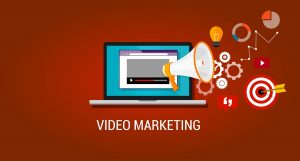
By Patricia Knight
Video marketing is a huge commitment in the business world. Managers think that video is time-consuming, hard to track, and requires a lot of attention to detail. However, video marketing is a lot easier than everyone thinks and it can reap big rewards. 87% of businesses can use video as a marketing tool, according to Wyzowl. Video has been seen as a powerful asset to all consumers with 79% of people mentioned that a brand’s video has convinced them to use video creating app, like Snapchat for filters that a company is promoting. For example, Snapchat users use this social media app to try the len that makes your face look like a taco when Taco Bell is promoting their Doritos Loco tacos.
Video is now the present and the future, and it is absolutely necessary for every brand and company to be using video to its fullest potential. There are so many reasons why video marketing works, but here are five reasons why you and your brand should unambiguously be using video in your marketing strategy.
1. Social Platforms Love Videos
48% of people said they will be most likely to share video content with their friends, ahead of any other type of content in their social media websites. That means if you want to make an impact on social, you’ll need to be posting videos. The social opportunities for video are growing every day, from posting on Facebook, Instagram, Twitter, and Linkedin to creating live videos, stories, and virtual reality. This flexibility allows you to pinpoint the exact content and distribution method that reaches your audience best.
In addition, video is much more engaging to social viewers than any other type of content. For example, Facebook notes that many of its users who post videos on their pages are a prompt discussion among their followers, as do all the posts that celebrities share in their Facebook pages. In fact, average live videos get six times as many interactions as regular videos. Incorporating video into your posts can drive higher engagement and interactions from a lot of people. In addition to Facebook, Instagram and Twitter videos are also automatically play in your newsfeed and it shows that making videos more eye-catching to followers than just text that we share in social media.
2. Mobile Viewers Love Video
A study recently released by Deloitte shows that Americans are commonly checking their smartphones about 8 billion times per day. Also, more than 75% of worldwide video viewing is mobile, according to JWPlayer. That means it’s required you to reach that giant mobile audience so that the video is the way to go.
“The growing range of content that’s available from on-demand services like YouTube, Netflix or Facebook Watch allows viewers to feel encouraged to watch more frequently on their smartphones and tablets while on the go,” according to Mobile Marketer. Readily available video content makes it easy for users to engage on social media, and the demand for fast content is rapidly growing. Therefore, big companies like Facebook Watch and Netflix are constantly adapting to meet the demands of their audience.
3. Video Commands More Attention
There are so many things in the world that are demanding a consumers attention — and there is only so much attention to go around. Because video uses both visual and aural stimuli, it dominates static advertisements in capturing audience attention. By catching your viewer’s eye, video can raise awareness and possible ROI.
For example, in a heat map study has done that tracking consumer eye movement and attention on the search page videos was shown to be particularly powerful in capturing eyeballs compared to static ads, even when these videos were not the first results according to an article on Moz.com.
On top of this, the average user spends 88% or more time on a website with video. So if you’re trying to use your website to make an impression, a video is a sure way to do it. You can easily track your website metrics by using Google Analytics.
4. Stronger Emotional Connections
According to Entrepreneur magazine, branding is the marketing practice of creating a name, symbol or design that identifies a product from other products.” Then, Emotional branding is creating an emotional connection to one company that separates it from the rest by creating brand loyalty over time.
It is those emotional connections that create higher ROI and audience engagement. According to Medium, 94% of respondents said they would be highly likely to recommend a brand they were emotionally engaged with. You can use video to reach the audience on an emotional level, while it’s also pushing your product or message.
For example, Green Buzz Agency produced “A Boy and His Dog,” which has shown how Cooper received a service dog to help him with his seizures caused by Dravet syndrome with the help of Make-A-Wish® Mid-Atlantic. By interviewing the parents to hear not only about the struggles of raising Cooper but also their gratitude for Finn, we gave the audience an inside perspective into Cooper and his family. Additionally, this video premiered at the annual Evening of Wishes Gala, helping Make-A-Wish Mid-Atlantic raise over $720,000 to help support local wishes.
While traditional marketing methods are expected by audiences, video is a new experience most of the time by everyone. Most people can still recall a video or commercial that made them laugh or cry, even if they saw it months or years ago. If making an emotional connection is the most effective method to get a consumer to take action, videos are the most powerful way available to deliver the message.
5. Video Drives Organic Traffic
82% of all consumer internet traffic will be from video by 2021. A brand is 53 times more likely to show up first on Google if you have a video embedded on your website, according to Moovly. Since Google now owns YouTube, there has been a significant increase in how much videos affect your search engine ranking. But, 75% of people will never scroll past the first page on a Google search.
It’s important to put your keywords in your title, description, and in your actual video.
This will help Google rank your video on its relevance to what the user is searching for. Google Trends and Adwords are both helpful tools in generating keywords for your video. Remember to also include the keywords in your actual video, for example as narration at the beginning. Google has voice recognition software that picks up on the words that you’re actually using in your video and determines which keywords it should be ranking for.
You can get a good amount of traffic to your video. You made great content, now share it! You can do this by posting your video on Youtube, Facebook, Twitter, Instagram, and including it in any blog posts or pages on your website. Adding a call to action to your post may help others share it, too! You should also try to embed your video wherever you can, whether that is on an outside blog post or website.
Conclusion
All this is to say, if you’re not using video, you should learn how to use videos to attract your audiences. It is one of the most effective ways to reach viewers in this digital era, especially on mobile and social platforms. In the end, it makes the most impact and engagement on your viewers, and that will only help your bottom line. I think that video marketing will still have success in the digital world in the future.




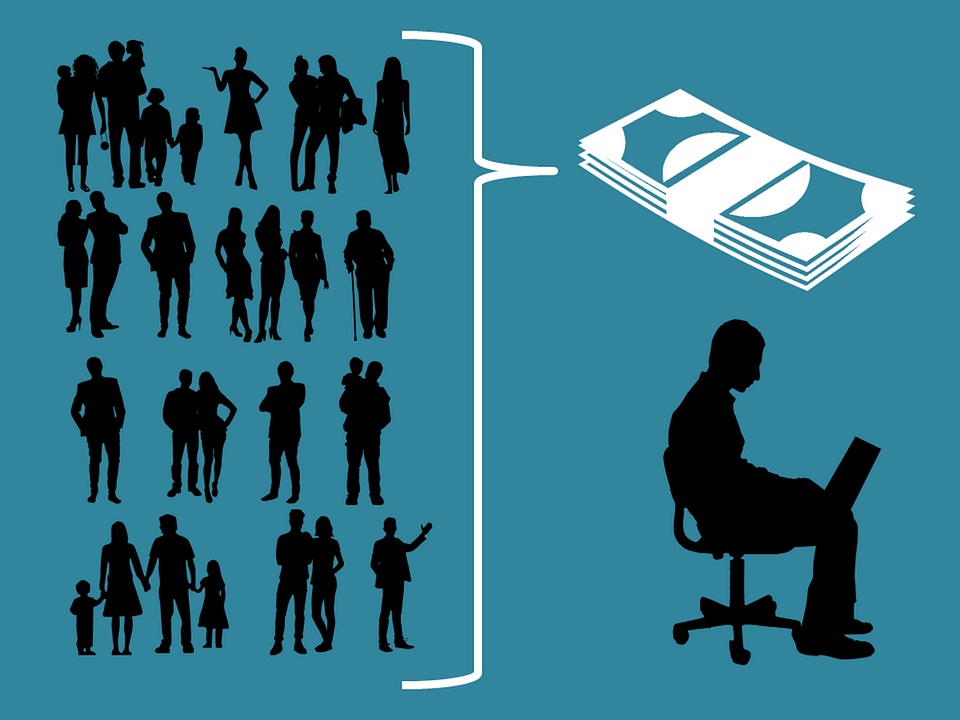





 anufacturing process. The impact of faster product design and finished manufacturing results in a more responsive marketing environment. In addition to images shown to focus groups, hand-held, fully functioning 3D printed prototypes can be utilized. Also, the same 3D designs that are used for printing can be used in commercials and in web and mobile sites for review and modification.
anufacturing process. The impact of faster product design and finished manufacturing results in a more responsive marketing environment. In addition to images shown to focus groups, hand-held, fully functioning 3D printed prototypes can be utilized. Also, the same 3D designs that are used for printing can be used in commercials and in web and mobile sites for review and modification.
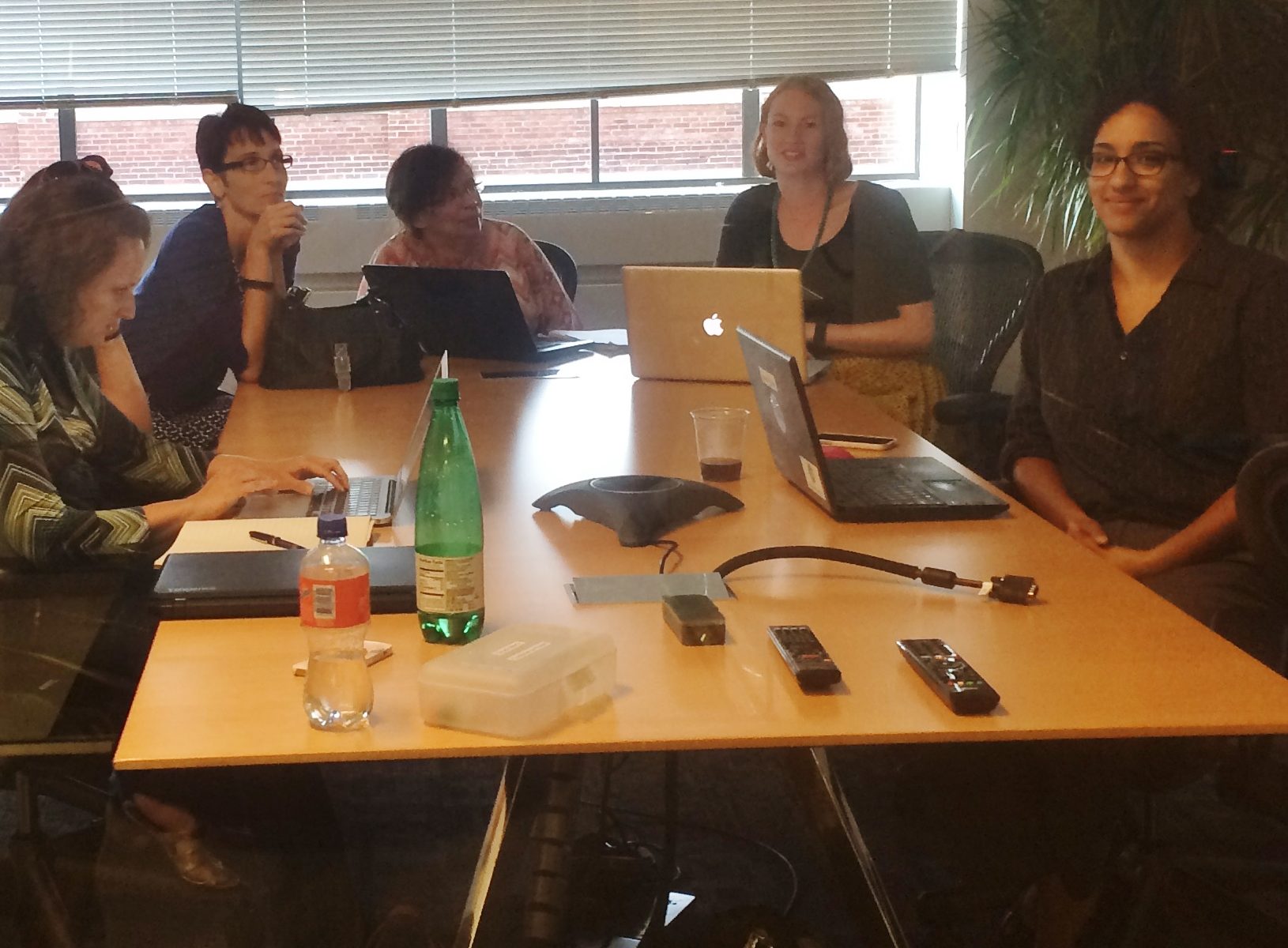

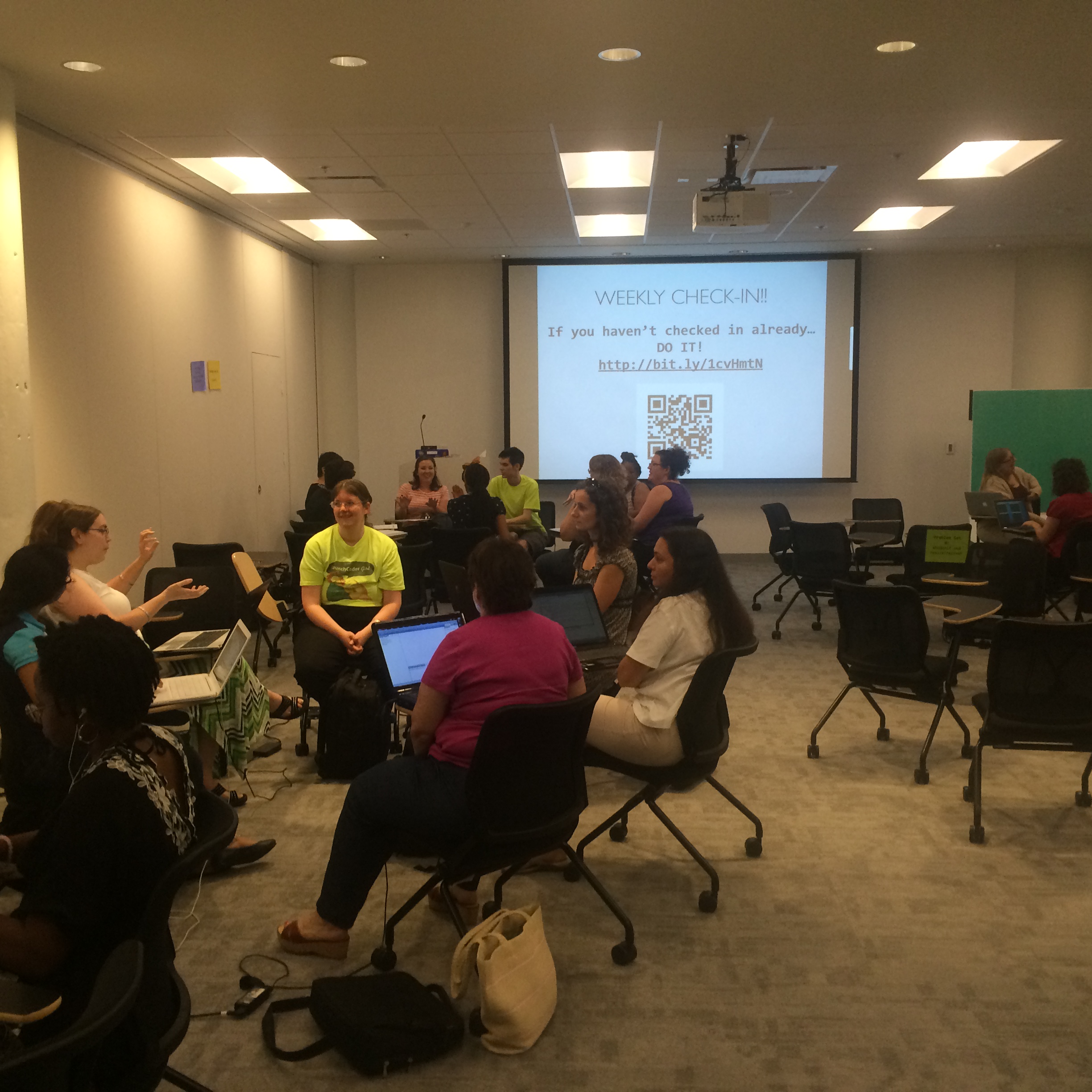



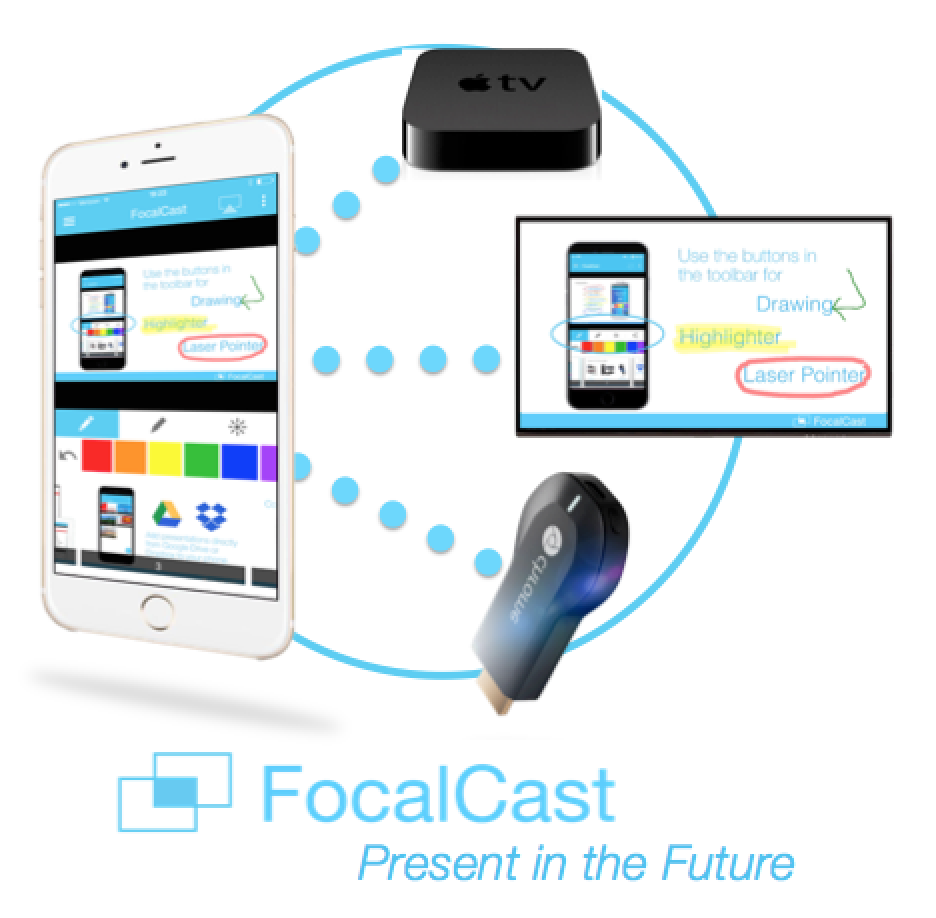

 With the
With the 
 There are currently over 1.8 Billion mobile users globally and with mobile marketing being the most intrusive of all of the platforms (I mean who doesn’t their phone with them at all times), it is very important to utilize mobile marketing as part of your marketing portfolio to better reach the target market. To be successful in the mobile marketing realm, it is important to avoid the common mobile marketing pitfalls listed here.
There are currently over 1.8 Billion mobile users globally and with mobile marketing being the most intrusive of all of the platforms (I mean who doesn’t their phone with them at all times), it is very important to utilize mobile marketing as part of your marketing portfolio to better reach the target market. To be successful in the mobile marketing realm, it is important to avoid the common mobile marketing pitfalls listed here.